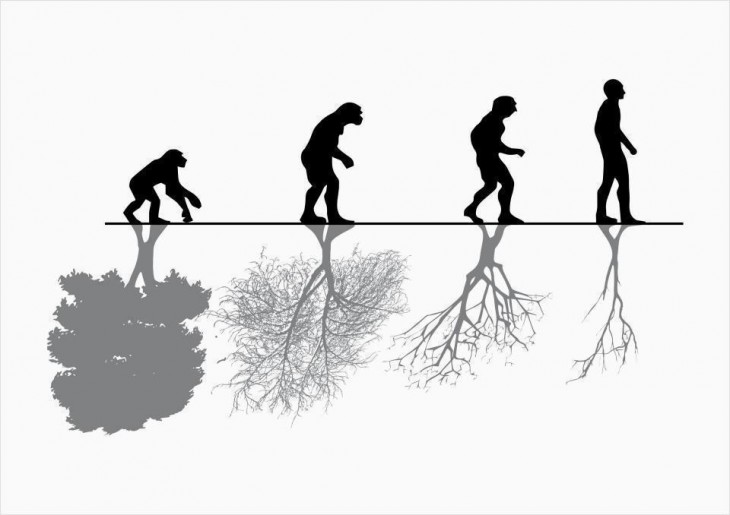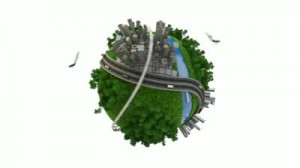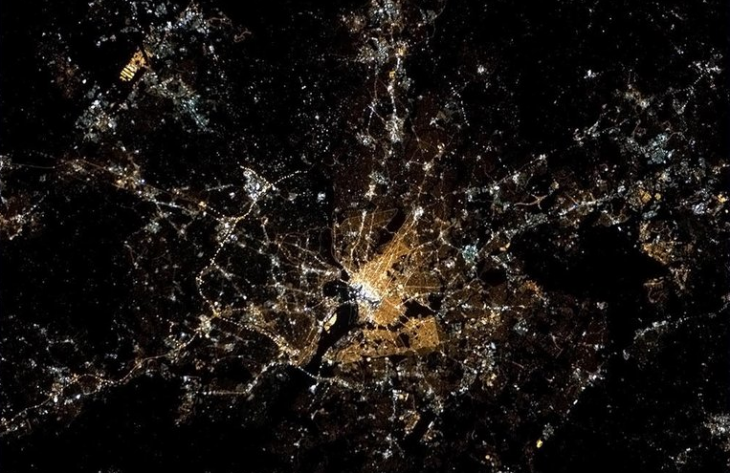Architecture should be an integrated concept in the strategic planning from micro to macro level.The optimal development is the one that meets the needs of the present, without compromising the ability of future generations to meet their own needs that looks to balance different, and often competing, needs against an awareness of the environmental, social and economic limitations that we face as a society. Read More
Category Archives: Uncategorized
Architecture for Humanity !
Human nature VS evolution
Tending to believe that what is financial profitability is not equivalent to economic feasibility is not something unreasonable. Humans are greedy, as all animals are. It is an embedded human instinct to follow what is best for your own survival, disregarding others. It is, sadly, verified throughout history by the outcome of every applied economic system. Fortunately, our brain capacity is also able to understand the benefits of cultural evolution, which will eventually control this very instinct.
Harmony?
Can we imagine buildings absolutely separated from their environment and never integrated with it? Buildings, roads and people – are not separable. We can not talk about modern city imagine only buildings, or only roads. Cities were developing simultaneously with knowledge and needs of people. And as we know, needs of people changes as soon as new appears. That’s why it is time to think about new ways of conversions of cities, as a rule having old current structure, history, culture and old buildings…
The Architecture of Happiness
 image: Balancing Barn, Suffolk-Mole Architects
image: Balancing Barn, Suffolk-Mole Architects
The Architecture of Happiness because of a great phrase I found in the work of the French 19th century writer Stendhal. He writes: ‘When we see a place and call it beautiful, really what we mean is that we can imagine being happy there’. This sums up for me very accurately what is distinctive about beauty: it gives us a sense that a good life can unfold in its vicinity.
The way that I feel about many aspects of everyday life, for example a contemporary architectural culture, which is dominated by an endless consumption and production of images, graphics and information. We can easily express it trough a metaphor, comparing an ideal of architecture to a tree.
This way it’s much easier to understand that today architects have a tendency to develop their project to a degree, that surrounding is disordered. The architects are making plans that form and independent order unrelated to their context, introducing the example from the natural environment, but if a tree tried to implement such an independent idealized image, it would be destroyed in an instant- however egoistically the tree tries to live, a tree can only survive in a vast number of relationships. We must consider this as an important lesson for thinking about contemporary architecture.
If we want to create an architecture that would be more open to nature-as man’s natural habitat, we must think about the types of connections that this architecture creates. They need to be decisive in this case, because as much as architectural design was good or profitable on the other side, if the connection that this newly created architecture has with its natural environment is not solid enough, the solution simply will not bring anything new to the already existing ways of thinking and solving problems that we are facing today. Thinking about the architecture must be based on relativistic relationships with the environment. Architecture must be opened to the environment.
self′-sustain′ing
adj.
able to support or sustain oneself or itself without outside aid.
Is it even possible to have sustainable architecture? Is it possible that a system that works within another system to be self-sustaining without interconnecting with other systems?
These are the questions I would like to do deeper research about. Since I do not believe in the idea of a sustainable system as such (because nothing in the nature is self sustainable), but the interconnection of smaller systems within a larger system in a way to function in symbiosis.




